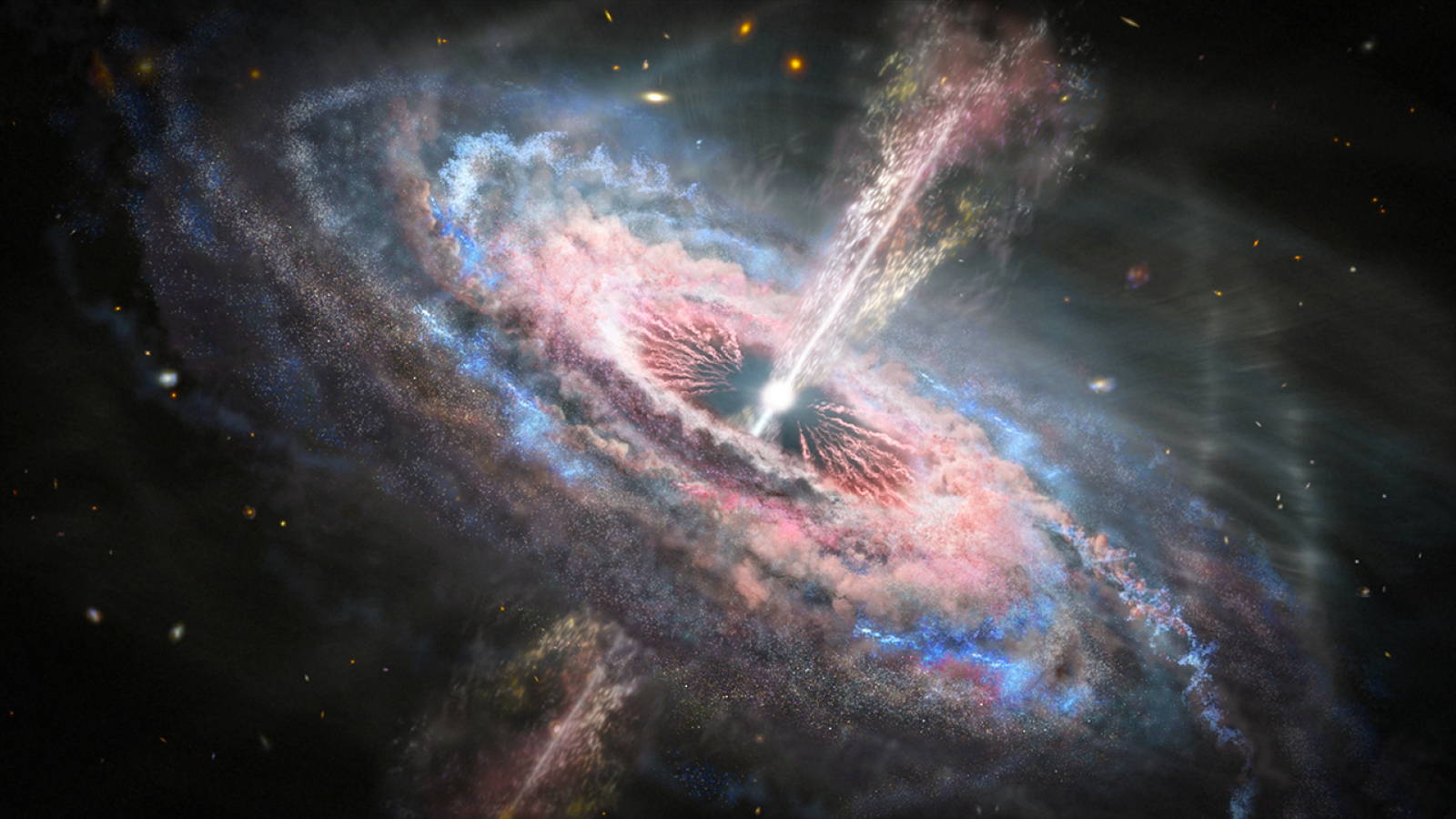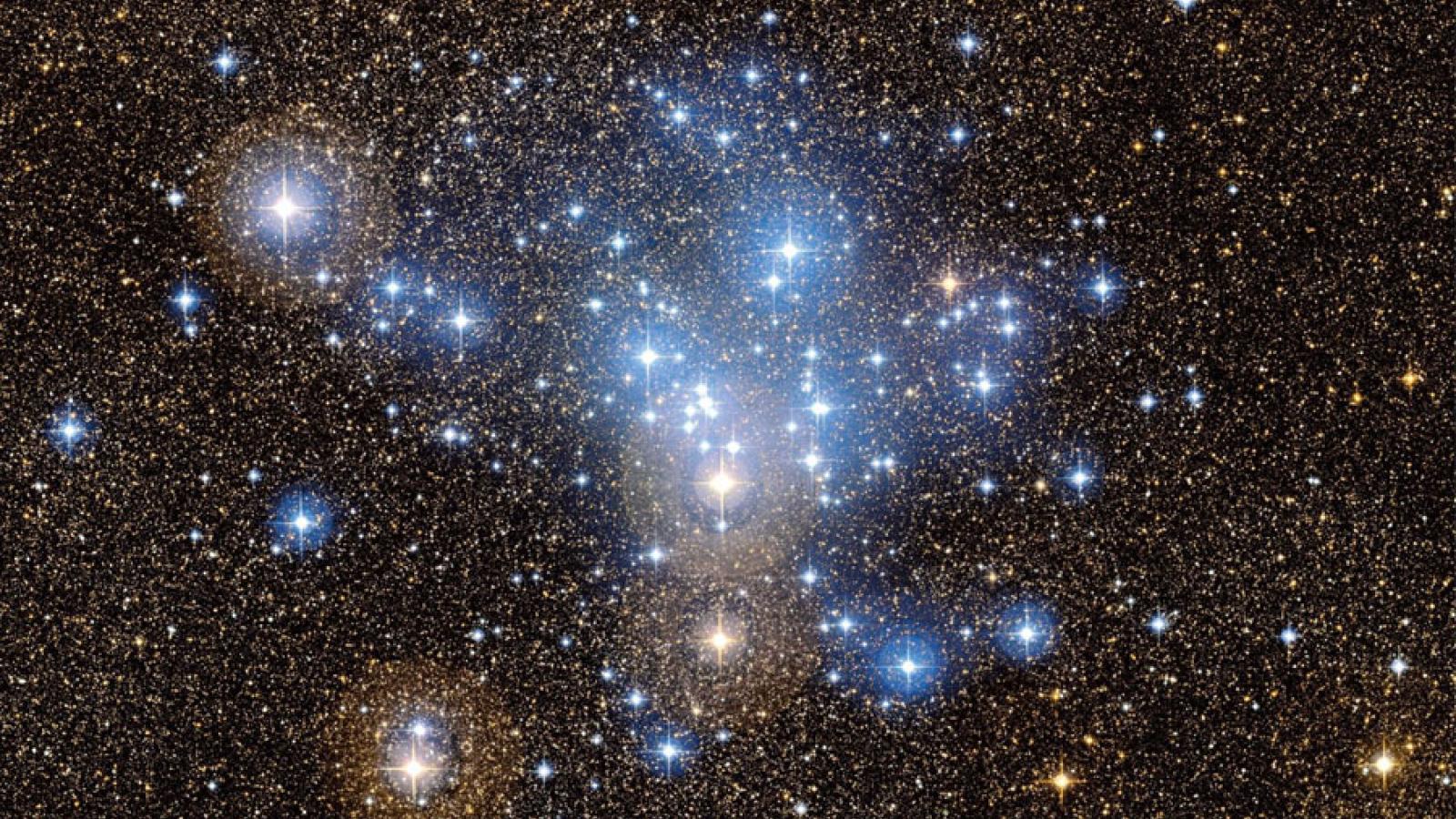Donald Terndrup
Contact Information
Associate Professor
he/him/his
Areas of Expertise
- Angular Momentum Evolution in Stars
- Star Clusters
- Stellar Populations
- Quasar winds and feedback
Education
- Ph.D. 1986, Astronomy & Astrophysics, University of California at Santa Cruz
- A.B. 1981, Physics and Astronomy, University of California at Berkeley
Prof Terndrup joined the Ohio State faculty in 1990. He is an observational astronomer focused on the characterization of stars and stellar systems, with an emphasis on their abundances and rotation rates. He is known for his work on the structure and stellar population of the Galactic bulge, the angular momentum of low-mass stars, the distances to open clusters, and the structure of spiral galaxies. His recent work focuses on the physics of quasar winds and their impact on galaxy evolution. From 2008 to 2012 he served as the Program Director in the Division of Astronomical Sciences at the National Science Foundation.
Publications (via ADS abstract service)
Classes in 2005-2026:
| Course | Description |
| Astronomy 3350 (Autumn 2025) | Methods of Astronomical Observation and Data AnalysisOverview of observational methods and quantitative analysis in astronomy with applications to the large datasets produced by modern astronomy surveys. Students will apply commonly used methods to reproduce major astronomical results in a collaborative setting. The course prepares students for advanced undergraduate research in astronomy and introduces broadly-applicable data analysis tools. Previous coursework or experience with statistical analysis and linear algebra are useful but not required. Prereq: 2292; and Math 1152 or 1172 or above; and CSE 1222, 1223, 1224, Astron 1221, Engr 1221, or 1281.xxH; or permission of the instructor. |
| Astronomy 2140 (Spring 2026) | Planets and The Solar SystemWe study the formation, current properties, and evolution of the Sun, planets and minor bodies of the Solar System; how they compare with planetary systems around other stars; and how people, over millennia, inferred that the Earth was not at the center of the Universe. The GE foundation pre-requisite is waived for students taking this course to satisfy the legacy GEL requirement (formerly Astronomy 1140). However, students should be aware that the material will be presented at a higher level than foundations courses, and they should consult with their advisor or the instructor to ensure adequate preparation for the material. Prereq: Completion of the Natural Science GE Foundation and Math at the level of 1050 or higher, or permission of instructor. Not open to students with credit for 1140, 1161, 1161H, or 2291. GE nat sci phys course. GE theme origins and evolution course. |


